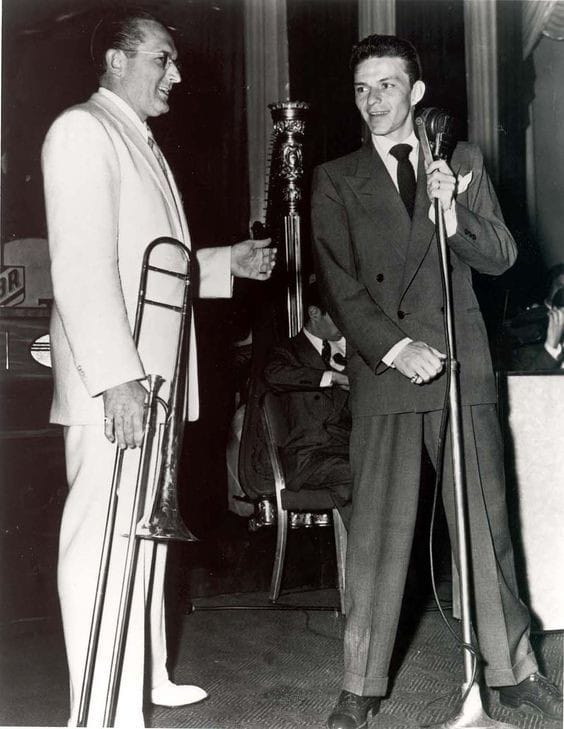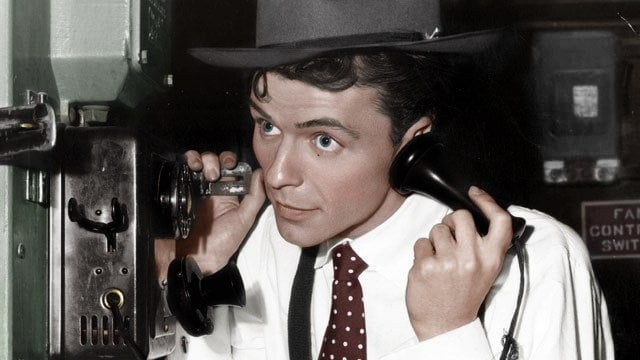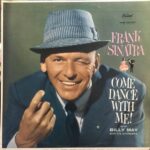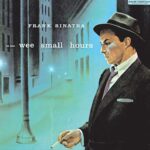
FRANK SINATRA BIOGRAPHY (1940-1942)
By Mahnuel Muñoz
Frank Sinatra began the year 1940 by touring with Tommy Dorsey’s band and making the first studio recordings, “The Sky Fell Down” and “Too Romantic.” Throughout the year the band recorded more than forty songs for the RCA label. On March 13, an almost month-long series of concerts began at the Paramount theater, the bigger one in the country. The crowds at the shows were the largest Frankie had faced to date.
FRANK SINATRA RADIO
On June 8, his daughter Nancy was born at Margaret Hague Hospital in Jersey City, but her father was performing in Hollywood, more than 1,200 miles away, but according to singer Jo Stafford, Frank’s partner in the orchestra, Sinatra spent the whole night talking about his baby.The concerts were alternated with successful live performances on the radio, and, in October, the filming of his first full-length film for the Paramount studio, titled “Las Vegas Nights.” In the film, Sinatra appears with Dorsey’s band performing “I’ll Never Smile Again,” which became the singer’s first number one hit and a tune he continued to sing over the next five decades.
In May 1941 Frank Sinatra seemed to be everywhere: his voice sounded on the radio and on records, and his image shone on the silver screen and on the best stages in the country. In just fifteen months he had become the biggest singing star in the United States, especially among teenage girls. The idea of establishing himself as a solo singer strongly emerges in his mind again. After receiving praise from Emmanuel “Manie” Sacks, head of Columbia Records, Sinatra bluntly asked him if he would record him as a solo singer, to which Sacks responded “whenever you want“, but both would have to wait for the fulfillment of the contracts in force that united the singer with RCA and Tommy Dorsey.
FRANK SINATRA BIOGRAPHY
On the morning of December 7, 1941, the Imperial Japanese Navy attacked the United States naval base at Pearl Harbor, Hawaii, precipitating the Americans’ entry into World War II. Like thousands of his countrymen, Frank was called up but was declared unfit for service because of a perforated eardrum left by the forceps used by the doctor who helped deliver him.
At the beginning of 1942 Frank could no longer wait to take his first steps as a soloist and on January 19 he recorded for the Bluebird label four beautiful ballads with string arrangements signed by Axel Stordahl: “Night And Day“, “The Lamplighter’s Serenade” , “The Night We Called It A Day” and “The Song Is You.” After hearing the results, Sinatra no longer had any doubt that he had to leave Dorsey to be his own boss.
On August 28, 1942, during a concert in Indianapolis, it was announced that the singer was leaving the band and would be replaced by Dick Haymes. Dorsey did not make things easy for Sinatra, refusing to break the contract and demanding that the vocalist pay one-third of future earnings. Then the legend was created – valid to this day – that the singer had to resort to the help of the maphia to “convince” Dorsey to release Sinatra without reprisals.
Access the Complete Biography of Frank Sinatra in the following link of Sinatra Radio 24h https://sinatraradio24h.com/category/biography/
We remind you that you can also listen to Sinatra Radio 24 hours on your mobile phone by downloading our free applications for Android in the Play Store https://play.google.com/store/apps/details?id=sinatra.radio24h

















